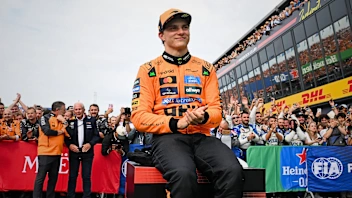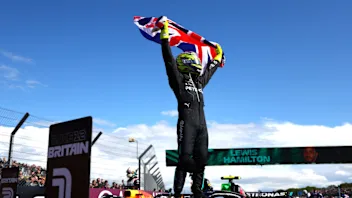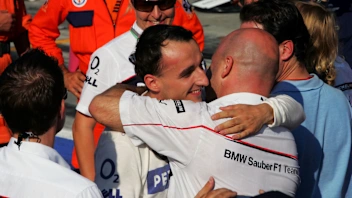TECH TUESDAY: How effective Mercedes' W14 developments have been in clawing back the deficit to Red Bull

.webp)
The Mercedes W14 has received two significant upgrades this season, at Monaco and Spa respectively. How effective have they been in their attempts at clawing back the car’s big deficit to the Red Bull?
There was some surprise when the W14 was launched with a further refined version of the W13’s ‘zero pods’ bodywork, given that the 2022 car had been a disappointment for the multiple title-winning squad, winning only one race.
Next Up
Related Articles
 Hinchcliffe'History shows Piastri will be even better in 2026'
Hinchcliffe'History shows Piastri will be even better in 2026' Our writers on the best drivers and stories from 2025
Our writers on the best drivers and stories from 2025 Quiz10 quiz questions on British F1 World Champions
Quiz10 quiz questions on British F1 World Champions ExclusiveWhy Gasly feels ‘ready for my time’ in F1
ExclusiveWhy Gasly feels ‘ready for my time’ in F1/TEAM%20PREVIEWSHALF%20TERM%20REPORTS%20DISPLAY%20V1%20(13).webp) End Of Year Reports 2025Racing Bulls’ best and worst moments from 2025
End Of Year Reports 2025Racing Bulls’ best and worst moments from 2025 Sauber’s best moments and most memorable liveries in F1
Sauber’s best moments and most memorable liveries in F1
